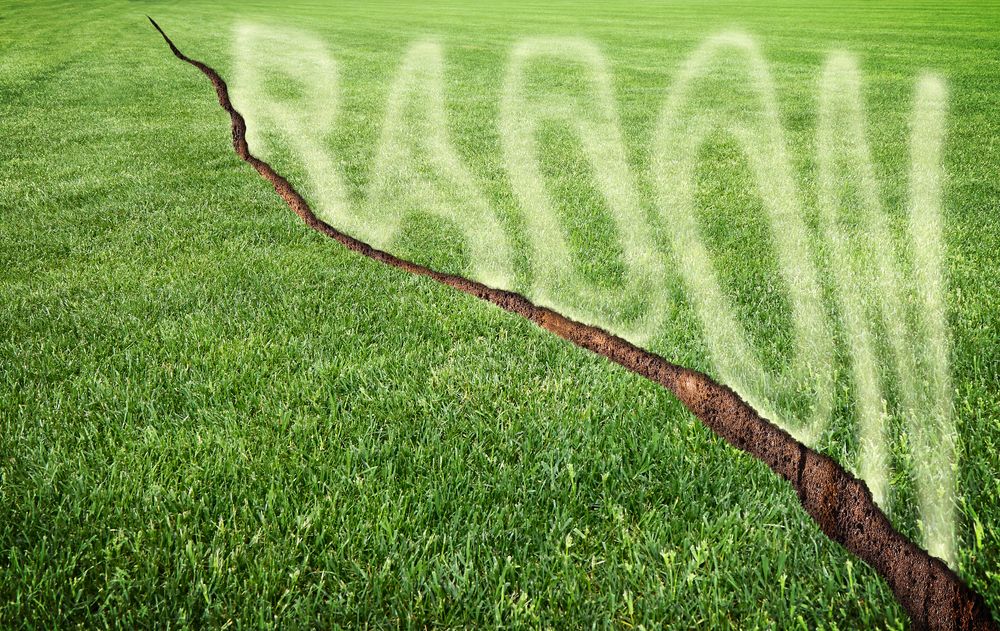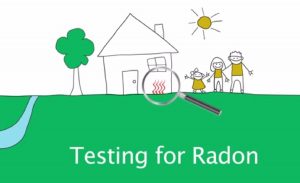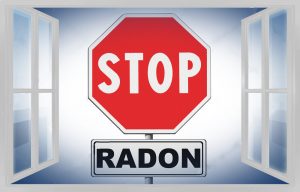Radon gas is a problem that has been around for centuries. However, we as a human species were only able to identify it in 1900. Since then, we have taken measures to control the spread of radon inside enclosed spaces. Even though more information about radon is spreading online these days, radon myths persist. There are still many people who are unaware of the dangers.
Along with this information, rumors and myths have also taken their place online. People read about these myths and are misinformed about the real danger radon poses. This leads to more preventable deaths every year. So, in this post, we will be debunking 4 common radon myths so you don’t make the same mistakes!
The Top 4 Radon Myths Debunked
1. The house next door tested negative for radon, so I don’t have to test
Since radon is a gas that cannot be seen, smelled, or tasted, there is no way for a human to know if radon is present in the air. We simply understand that it’s around us. As such, it’s easy to assume that if the area around you is not contaminated, your home is not contaminated as well.
Your neighbor may get their home tested and come back negative, but you shouldn’t expect the same at your own home. This is because radon levels can vary between houses, even those next to each other. Remember, radon rises to the surface from below ground in the form of gas. It looks for the easiest way out of the soil, and so there is no specific area that radon will rise from. The soil underneath your home may be softer than your neighbors, which will allow more radon to collect near your home.
Even if all the houses in your street test for radon and get a negative result, you shouldn’t skip out on testing. Hire a professional radon mitigation company to do the testing if you are unaware of how to do it yourself. Though if it is your first time, getting professional help would be the best way of protecting your health.
2. Testing for radon is expensive and time-consuming!
For first-timers, the common misconception is that radon testing is difficult. Because it usually requires a professional to visit your location and do an inspection, people assume that it is going to be costly. However, the truth is that radon testing is actually quite easy. There are even radon testing kits you can purchase to do the testing at home yourself.
You can also rest assured that radon mitigation services aren’t expensive. Some services even offer free home consultations, so you’ll only be paying for the actual testing or mitigation efforts. Though we can all agree that paying for a solution is better than paying for a cure.
3. Radon cannot enter homes if I don’t have a basement or lower room
It is true that radon enters a home from the lower levels. As radon travels upwards from the soil, it finds cracks and holes in the foundation to enter enclosed spaces. However, it is wrong to believe that they only enter into basements. The truth is that radon can enter any home that is in physical contact with the ground. Just because you don’t have a basement, it doesn’t mean radon can’t enter your home.
In order to prevent radon from entering your home completely, radon mitigation tactics will need to be employed.
4. I have lived in my home for 10 years but have never had a problem with my health!
The reason why radon is so dangerous is that no one expects it until it is too late. We cannot detect it, and even if we get sick, we won’t know what it is until we are diagnosed. It is known as the silent killer for a reason. So, while you may be living in a home for generations, it doesn’t always mean there isn’t radon present.
Radon can take anywhere from 5 to 25 years of exposure to develop lung cancer. It varies between individuals and how exposed they were to radon gas. Smoking aggravates the symptoms and can make the situation worse. Therefore, if you haven’t tested in years, you may be endangering yourself in the long term. Don’t take the chance! Get your home tested for radon today.




